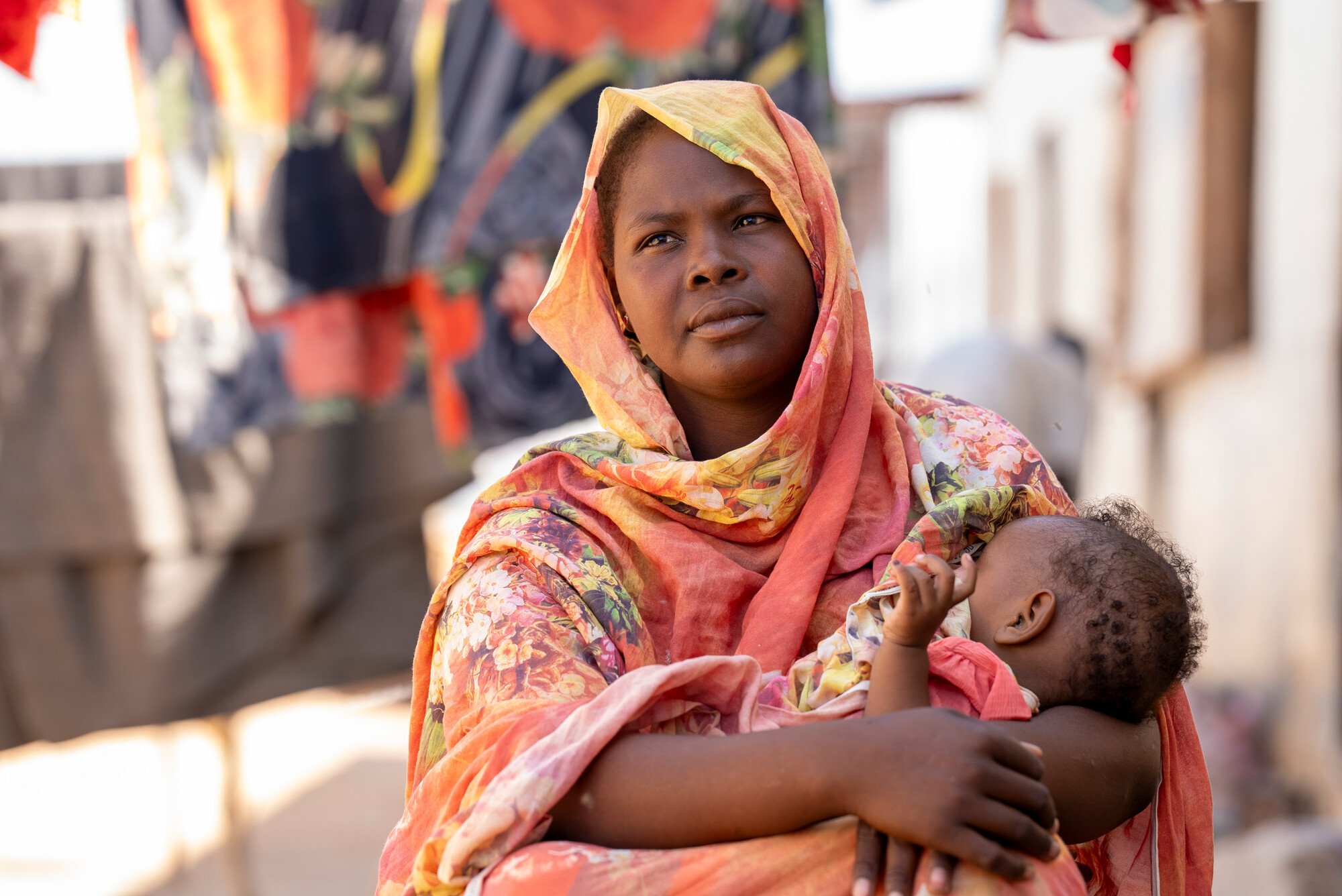Oxfam is responding to urgent needs and mobilizing supporters to stop US support for the war.
At the beginning of 2020, the conflict in Yemen is still the world’s largest humanitarian crisis despite a recent reduction in military activity.
Fighting has killed more than 12,000 civilians since March of 2015, forced nearly four million to flee their homes, and pushed 10 million of Yemen’s roughly 30 million people to the brink of famine. More than half the population does not have enough to eat. Yemen has also experienced a severe and historically unprecedented outbreak of cholera, with 696,500 suspected cases and 913 deaths in the first nine months of 2019.
Since 2015, Oxfam has provided humanitarian assistance to more than three million people in nine of Yemen’s governorates. Oxfam is providing clean water and sanitation services, cash assistance, food vouchers, and basic food supplies.
Pressure to end conflict
In addition to providing humanitarian assistance, Oxfam and other organizations have urged governments and the United Nations to exert pressure on the warring parties to stop the conflict and engage in peace talks that include women and youth along with other civil society voices. In early 2020, parties to the conflict have taken long overdue steps to scale down the fighting and work toward peace.
The Special Envoy of the United Nations Secretary-General for Yemen, Martin Griffiths, recently reported to the UN Security Council that he is seeing significant “de-escalation of military operations” featuring an 80 percent reduction in the air war in November, and nine days in early January with no airstrikes at all.
Griffiths also pointed to tentative steps to implement the agreement for peace reached in Stockholm in 2018, and indications that, for the time being, fuel imports have stabilized. Although a comprehensive peace remains distant and the humanitarian crisis rages on, Griffiths believes these steps are cause for qualified optimism.
Pressure to end US military support for the war in Yemen has come from Congress and voters in the form of legislation. President Trump vetoed bipartisan legislation in April (a war powers resolution) and July of 2019 (to curb the sale of arms). And an amendment to the House National Defense Authorization (NDAA) bill that would have ended the sale of aerial munitions to countries fighting in Yemen did not make it into the final version sent to the president in December 2019. But the momentum behind the proposed legislation sent a clear message that voters and their representatives do not support the war in Yemen.
Making a difference
Oxfam supporters played an important role in pushing for peace in Yemen. In 2018 and 2019, they transmitted 26,348 emails to members of Congress and made 1,183 phone calls to urge lawmakers to take legislative action to cut off the flow of arms from the US.
Prominent actors in the US lent their support to the campaign, helping to raise awareness of the war: Luke Baines started a #loveforyemen hashtag on Twitter that urged members of Congress to support legislation banning the sale of US-made weapons. And Daniel Gillies is holding a contest for his fans to win a Valentine’s Day lunch with him; it generated more than 9,000 petition signatures and $16,000 in funds for Oxfam’s program in Yemen. Together, their social media activity urged more than 30,000 fans to click on Oxfam’s website for more information and to take action.
“Oxfam supporters and partners have been nothing short of amazing these past few years,” says Scott Paul, Oxfam’s humanitarian policy lead in Washington, DC. “While we haven’t been able to cut off the supply of weapons, we’ve sent a powerful message that the US needs to be on the side of peace in Yemen instead of on one side of the war. The parties to the conflict have felt the pressure, and we hope this will result in progress for the millions of people in Yemen who have suffered through the past few years.”




